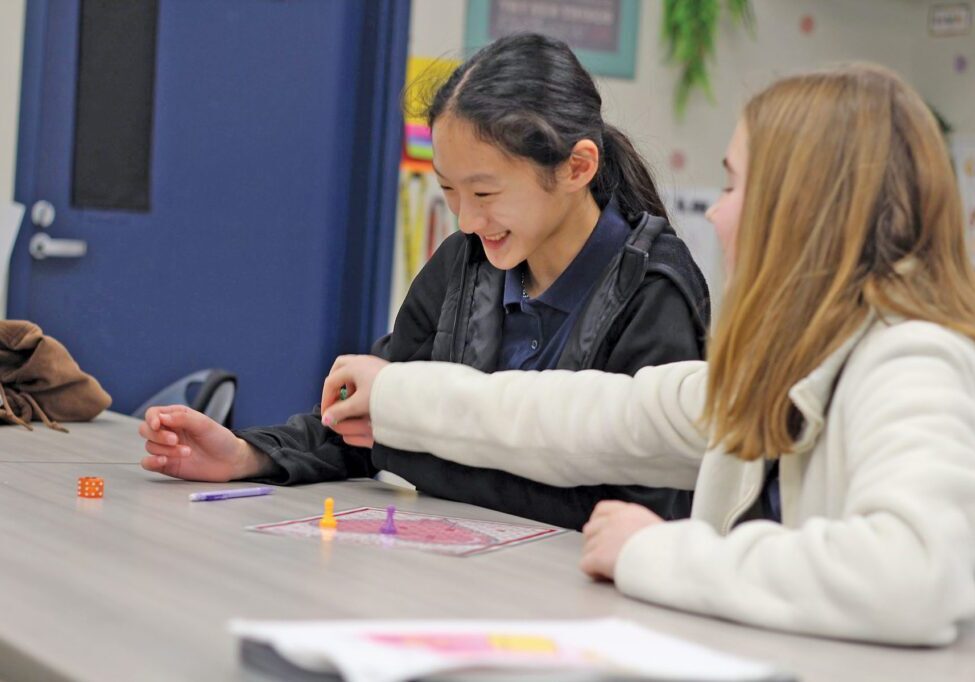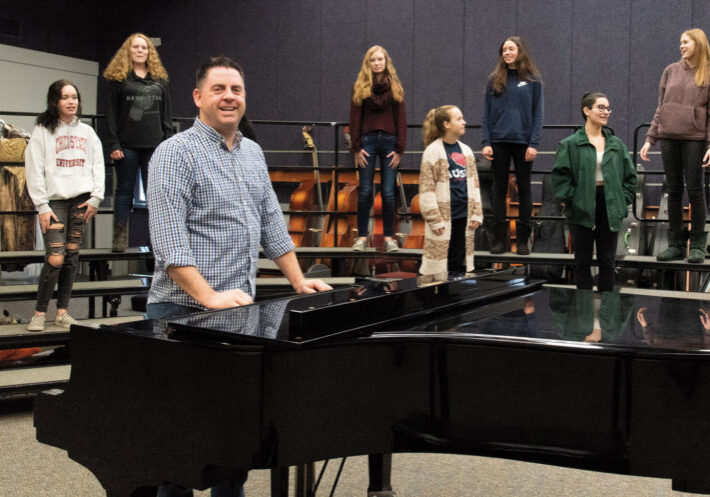Exemplary Educators Have All Students Learning
As a young educator, I absolutely loved my job. My first step into the world of education was as a special education teacher. In this role, I would provide instructional and behavioral support strategies for qualifying students. These students would come to my classroom for either individual or small group instruction for a portion of the day and then return to their regular classroom. This extra support enabled students to experience greater success academically and behaviorally. The only problem was that not all students qualified for special education, yet every classroom seemed to have several students needing additional support. How could we enhance the learning environment for all students?
It All Starts With Teacher Training at University
I was asked to share my student support strategies and provided staff development to the general education teachers at my site. Five months later, I was hired to provide staff development to four additional schools. Each of those years I spent in staff development was rewarding and exhausting. It didn’t take me long to realize that training one teacher, or one school at a time, was not going to impact the overall system. I realized that if we wanted to enhance the skills of our general education teachers, we would need to restructure the teacher training programs at the university level.
Teacher Training
I am happy to share that teacher credentialing programs have come a long way. The California Standards for the Teaching Profession outlines the following six crucial components that are key to enhancing the learning environment for all students.
1. Engaging and Supporting All Students in Learning
2. Creating and Maintaining Effective Environments for Student Learning
3. Understanding and Organizing Subject Matter for Student Learning
4. Planning Instruction and Designing Learning Experiences for All Students
5. Assessing Student Learning
6. Developing as a Professional Educator
Additionally, many districts have begun to provide essential staff development to support general education teachers in learning how to best meet the needs of all students. The new teacher training, along with the following staff development focus, is a game-changer for our schools and our students. Staff development includes:
UDL – Universal Design for Learning
- Presenting information and content in different ways.
- Differentiating the ways students can express what they know.
- Stimulating interest and motivation for learning.
MTSS – Multi-Tiered Systems of Support
- Designing lessons to support learning for all learners and incorporating early intervention support practices.
PLC – Establishing Professional Learning Communities
- Educators meet regularly to share effective instructional/behavioral strategies collaboratively and to coordinate a variety of service models to enhance learning for all students.
ACE – Adverse Childhood Education
- Educators learn how to best provide a safe learning environment to students whose life experience(s) may result in a need for additional academic and, if necessary, emotional support.
Key Indicators of Effective Learning Environments
Today’s successful educator is highly skilled and extremely versatile in her ability to teach all students. Often, I’m asked what I look for when I visit classrooms. Regardless of the grade, subject matter, or setting, I look for the following indicators of effective learning environments:
- Level of student engagement
- Varied modalities of instruction
- Scaffolding and differentiated instruction
- Front loading of vocabulary
- Brain breaks
- Orderly transitions
- Clear learning objectives
- Critical thinking opportunities
- Print rich environment
- Emotional support systems in place
Something to Celebrate
Recently I observed a typical general education classroom. The students in this class reflected a wide range of academic abilities, and three students required additional behavioral supports. Nevertheless, it was easy to note that all students were highly engaged and all students were learning. As I observed the class, I mentally began to check off all the key indicators of an effective classroom and I knew that I was observing an exemplary educator. This type of educational leader is highly sought after in the training of our new teachers, and I’m finding that this caliber of an educator is no longer the exception but is becoming the norm in our schools. I celebrate the changes I see in education, and to each of these courageous educators, I want to say that you are truly amazing.
Posted in: Education
Comment Policy: All viewpoints are welcome, but comments should remain relevant. Personal attacks, profanity, and aggressive behavior are not allowed. No spam, advertising, or promoting of products/services. Please, only use your real name and limit the amount of links submitted in your comment.
You Might Also Like...

Three Schools, Three Curricula, One Goal: Empowering Children Through Language Immersion and Enrichment
Research supports learning a second language very early in childhood for long term proficiency. Strong social connections, greater cultural awareness and better overall academic performance, especially in reading, are commonly […]

Understanding Dyslexia
Sitting with a small group of second graders, listening as each took a turn reading aloud, it struck me how reading came so easily for some and with such difficulty […]

Gavin Spencer: Shasta High School Choir
Hitting High Standards and High Notes in the North State Eighteen years ago, Gavin Spencer left his home state of Oregon and became the director of the established and prestigious […]
Local Tutoring and Learning Resources
The school year is well underway and your child may be experiencing new challenges such as writing an English paper, understanding math concepts or improving study skills; or may need […]




